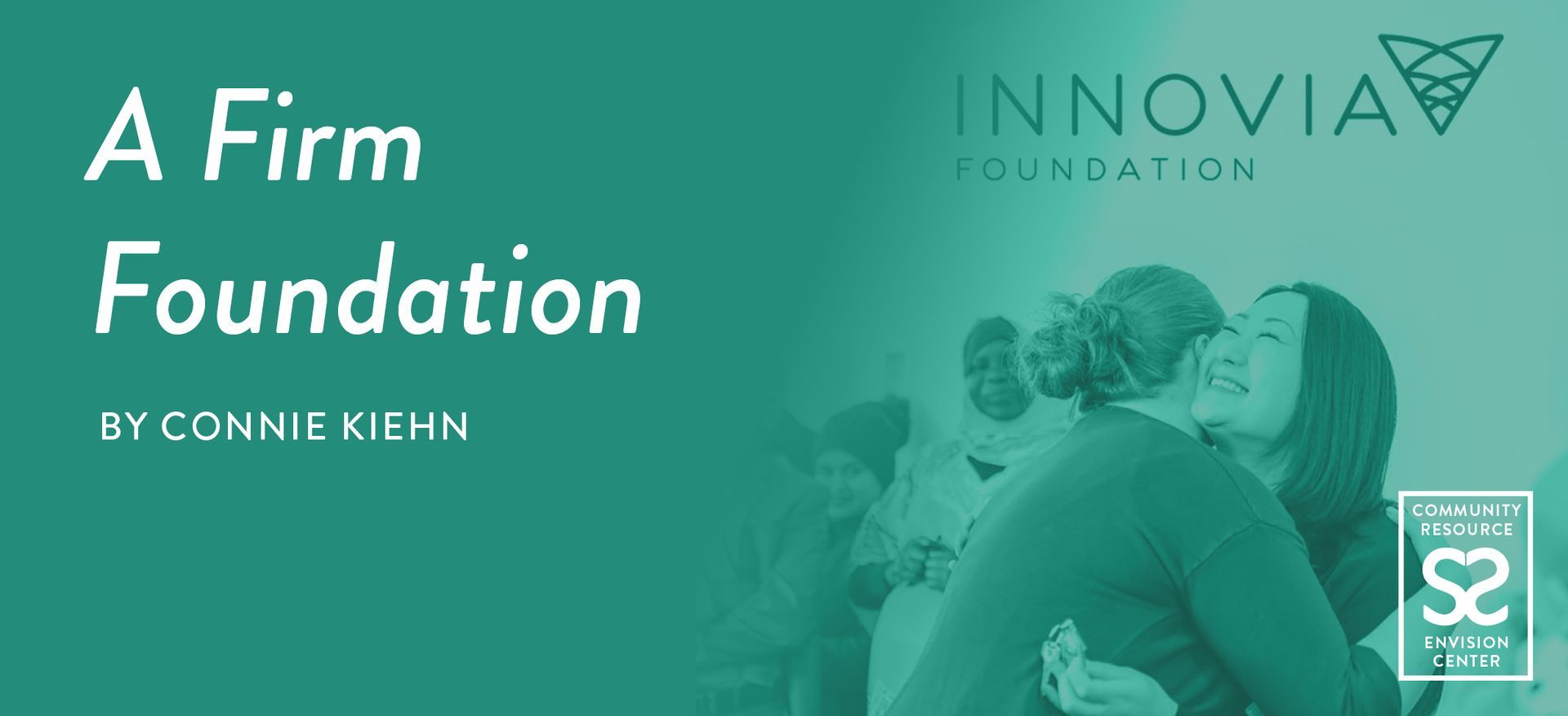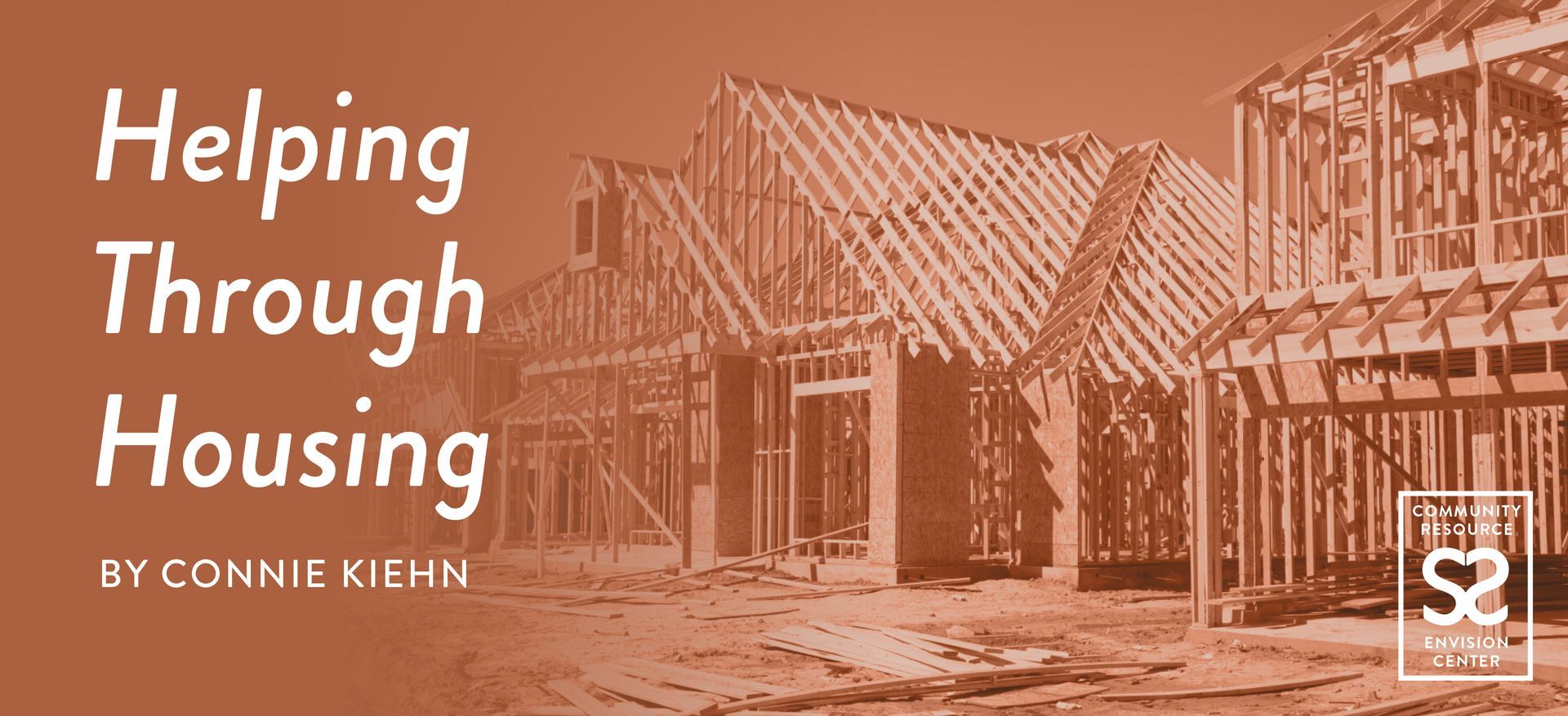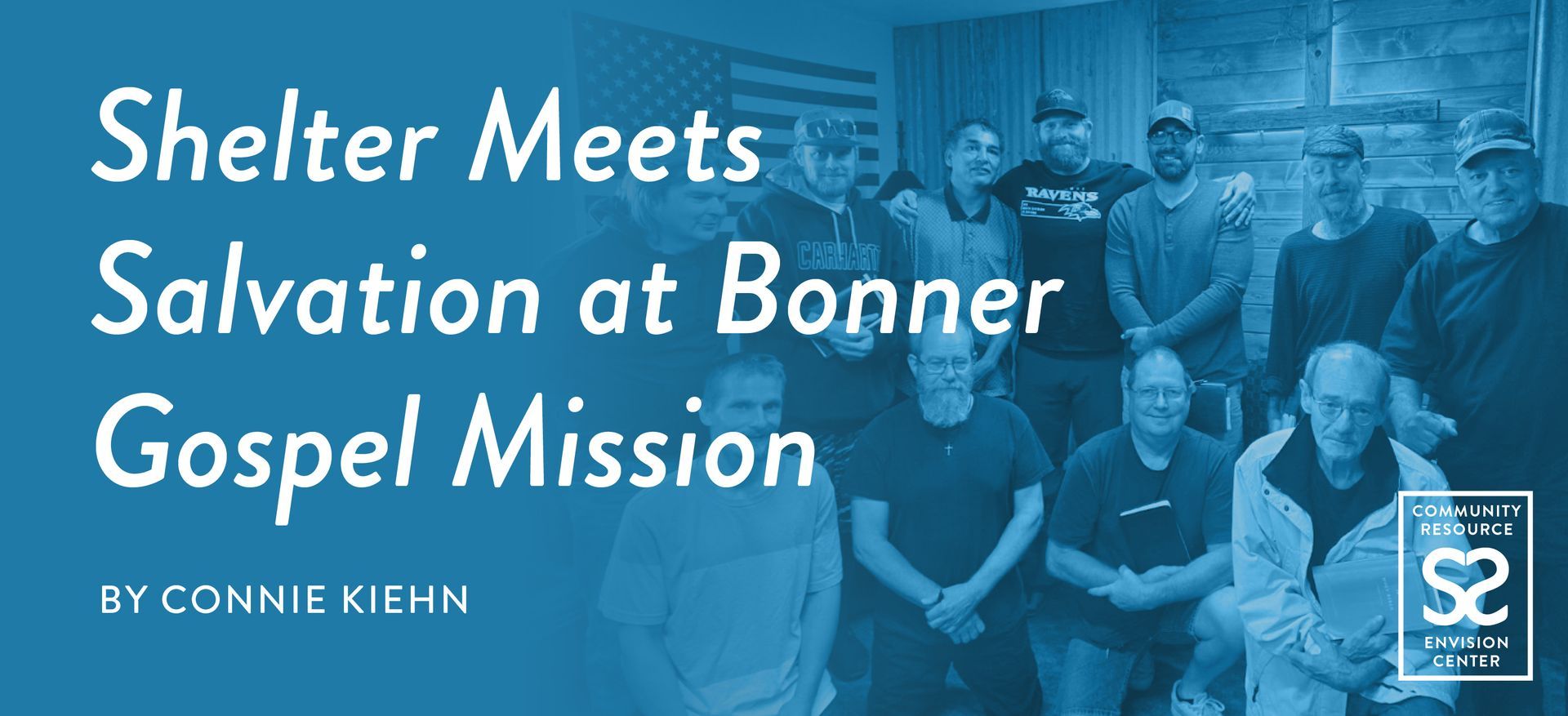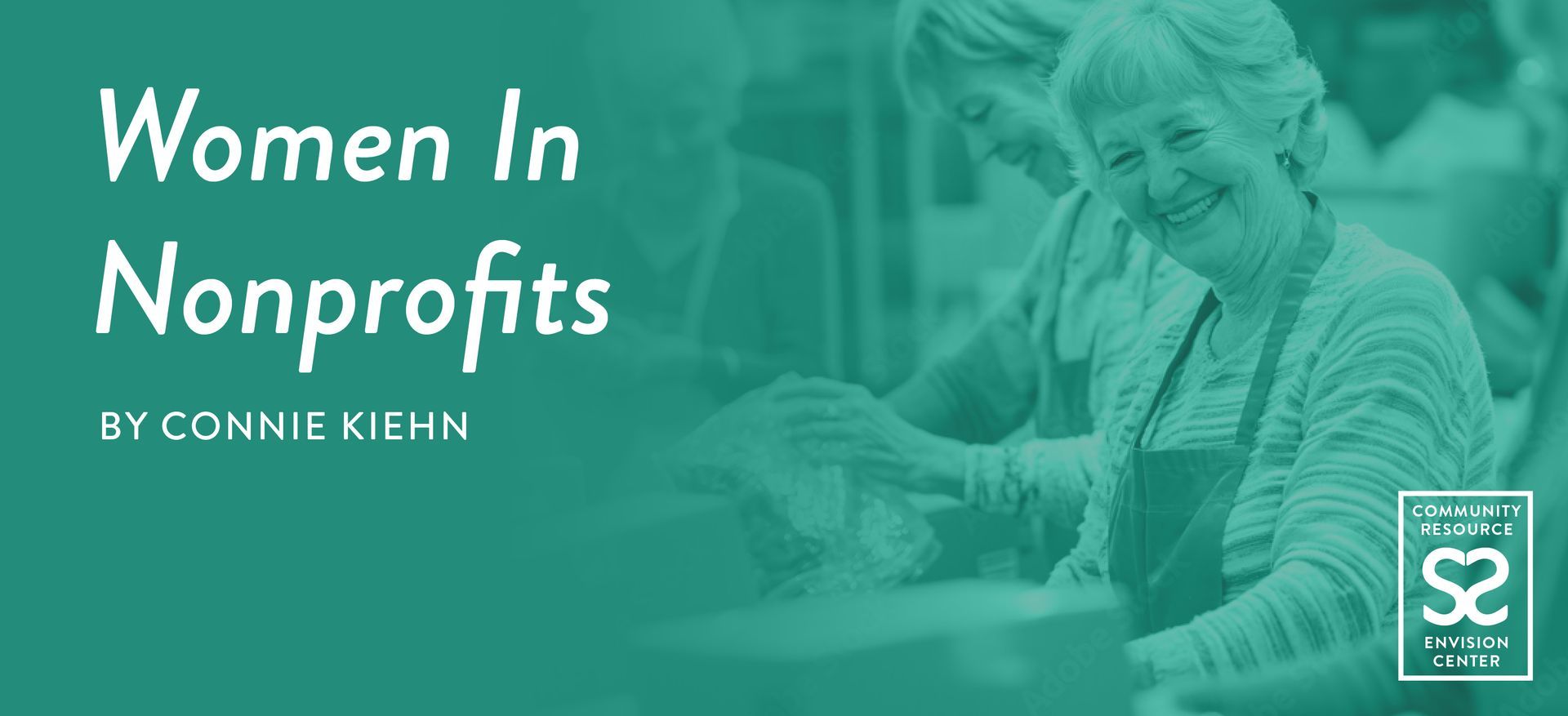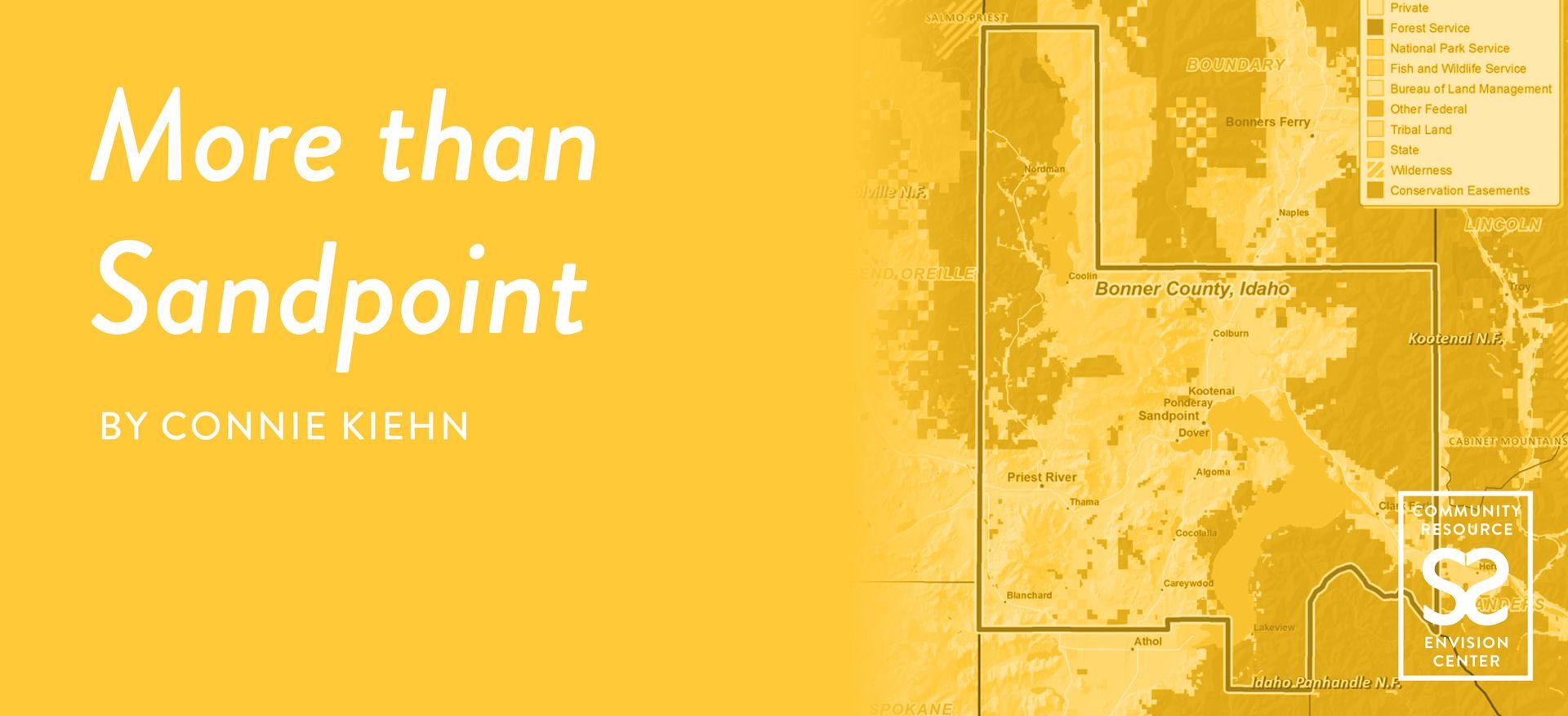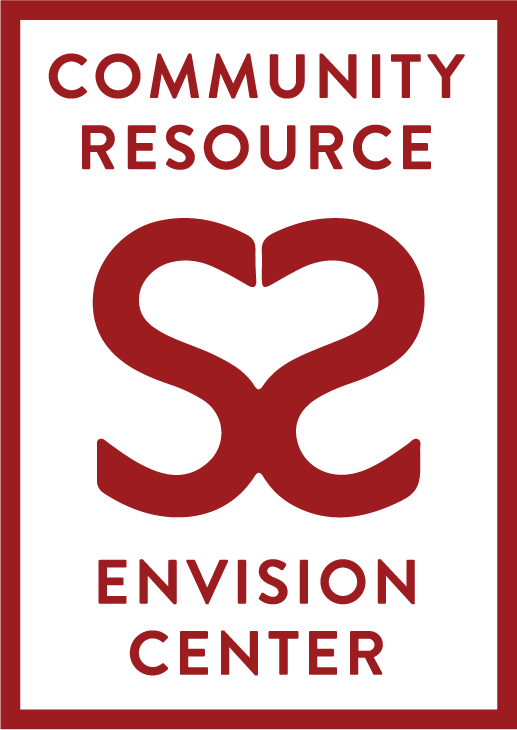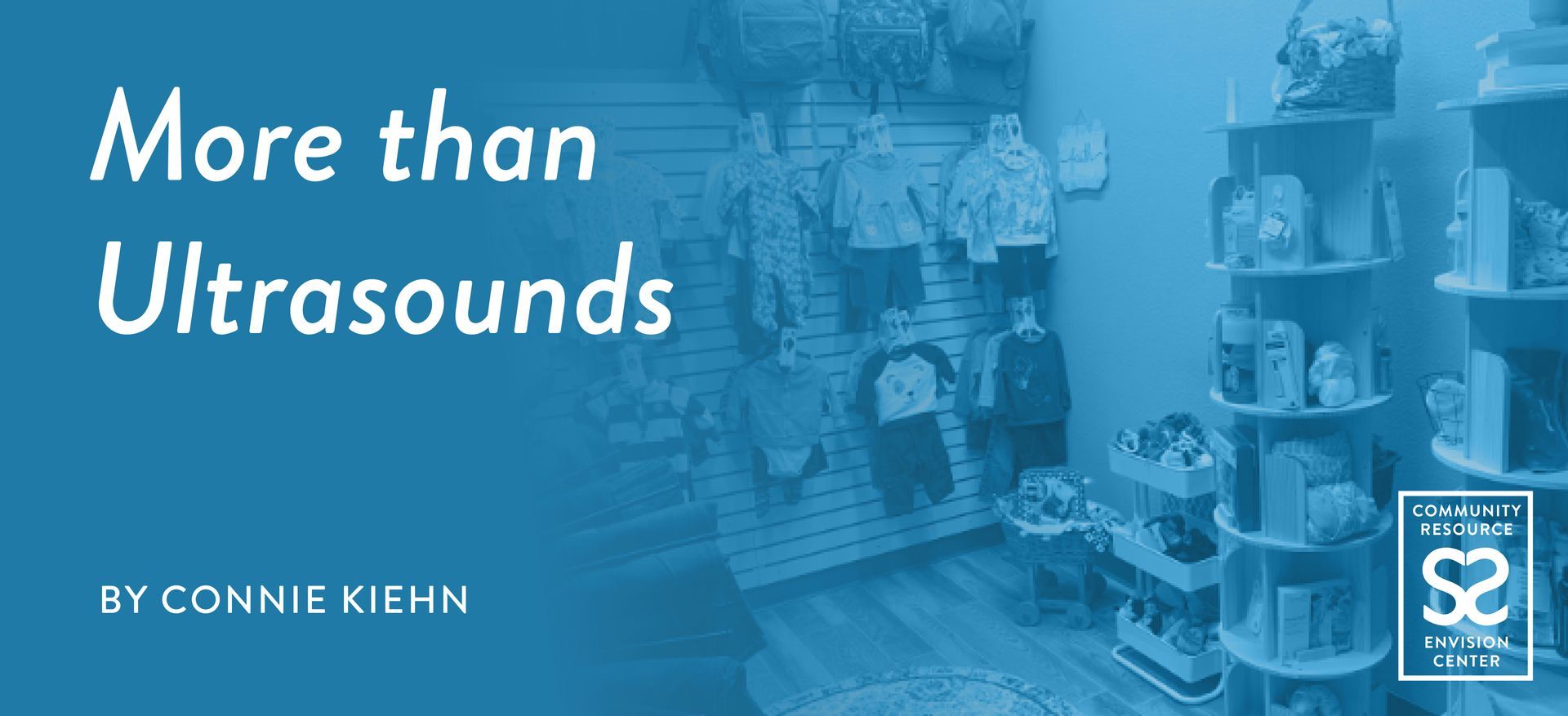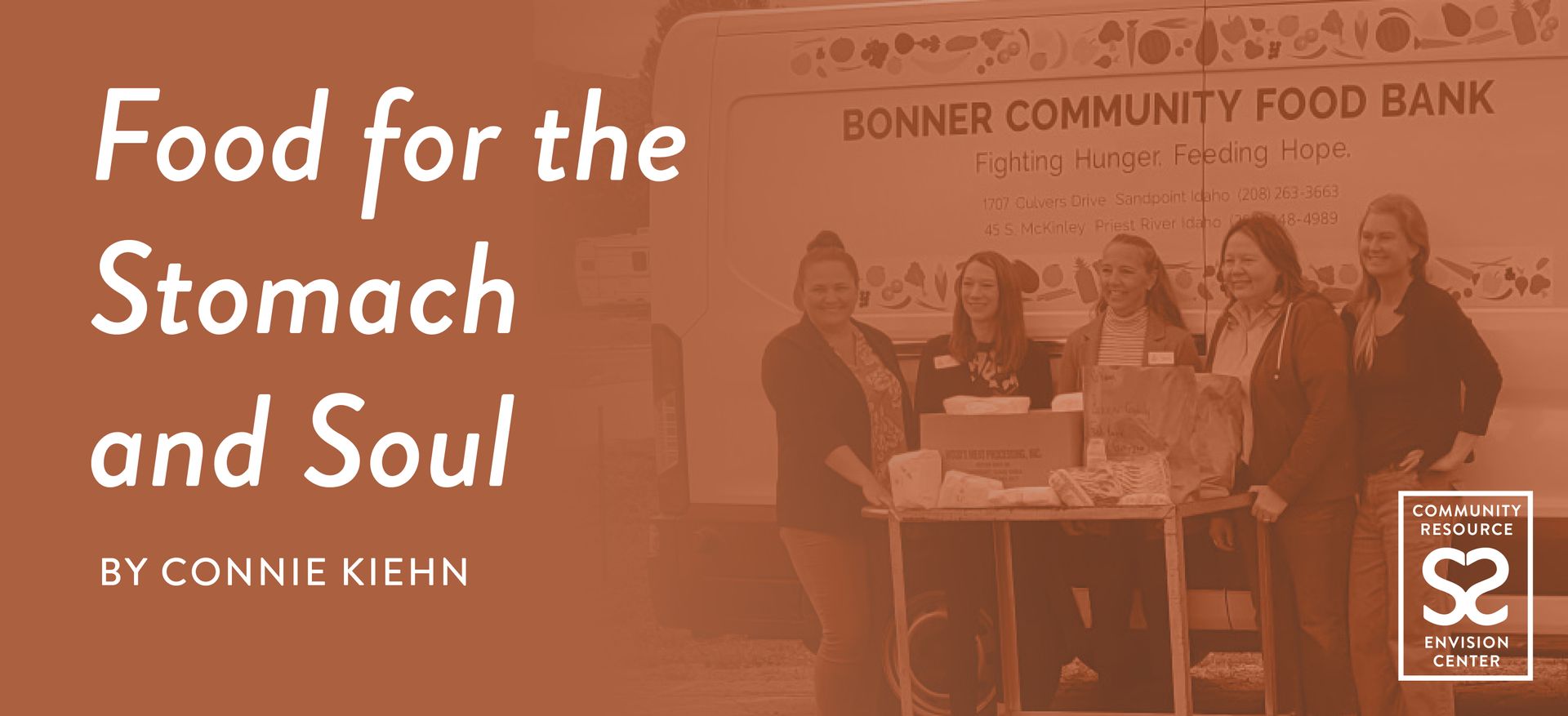
Food banks are among the most prominent charities in the country, with over 60,000 food banks and pantries across America serving approximately 1 in 8 individuals. In the past year, these food banks provided six billion meals to those in need. One noteworthy example is the Bonner Community Food Bank, a vital nonprofit that is responding to a rapidly growing population in need of its services.
Compassion in action
The Bonner Community Food Bank (BCFB), based in Sandpoint with a sister branch in Priest River, is a model of compassionate food assistance. I had the privilege of speaking with Executive Director Debbie Love, Priest River Food Bank Manager Patti Ahlers, and Development and Volunteer Coordinator Ana Kampe. Together with a dedicated team of volunteers, they have fostered a welcoming and non-judgmental environment for those seeking help.
Upon entering the BCFB office, you're greeted by a cozy fireplace and seasonal decorations, creating an ambiance reminiscent of a charming diner rather than a typical food bank. I don’t know if I was expecting something more corporate or sterile, but “homey” was certainly not on my shortlist of adjectives I thought I might use to describe the space.
This inviting atmosphere extends to the warehouse, where clients “shop” for food.
shop til you drop
Bonner Community Food Bank is a trailblazer in food bank operations, having adopted a market-style shopping approach years ago. Although it paused during COVID-19, the model was quickly reinstated, inspiring others like the Post Falls Food Bank to observe and implement similar practices. Clients at BCFB are given shopping carts and points each month based on their household size, allowing them to choose items displayed like they would be in a grocery store. This approach not only preserves dignity but also reduces waste, contrasting sharply with the traditional model of handing off pre-packed boxes to clients full of stuff they may or may not want.
In addition to this innovative shopping experience, BCFB continuously sets a high standard in waste reduction. Through their
Grocery Rescue program in partnership with Second Harvest, they collaborate with five local grocery stores to obtain food that is past its sell-by date but still safe to eat. Following
Second Harvest guidelines, BCFB can ensure the safety and quality of the food they distribute.
They sometimes receive food like tangerines that are too small or exotic items that, while still perfectly safe to eat, have simply lingered on grocery store shelves for too long.
Community Connections
Any unusable food or truly expired produce is donated to local hog farmers. The food bank also benefits from its location in a hunting-centric region, allowing them to accept USDA-processed wild game and farm-raised animals. Located in Sandpoint, Wood’s Meats Processing, a USDA-certified processor, offers discounted services to BCFB. Many food banks lack access to USDA-certified processors and cannot accept locally processed meat. The food bank even explores options for utilizing roadkill; recently, the city had to put down a deer that was injured by a car. The city then called BCFB who coordinated with a local individual to process the deer and take it home. That meat didn’t end up in the freezer at BCFB but it still helped feed a local. The food bank's successful operations are deeply rooted in community networking. In addition to wild game and farm-raised meat, they receive trout from Idaho Fish and Game during the fall and spring.
“Do you ever feel like the folks eating here have better meals than you do with all this fresh game and fish?” I asked, half-jokingly.
“YES!” they all responded with laughter.
And remember, USDA rules don’t apply to produce from personal gardens—so feel free to bring in those extra zucchinis from your backyard! The food bank also accepts non-food items such as toilet paper, diapers etc.
“A lot of families receiving SNAP benefits can’t use their food stamp cards to buy toothpaste or feminine hygiene products, so we make it a priority to provide non-food items for our patrons as well,” Debbie explained.
While the warehouse can sometimes be full, there are certainly ebbs and flows in availability.
“If you had come in last week, you would have seen an empty warehouse,” Debbie said.
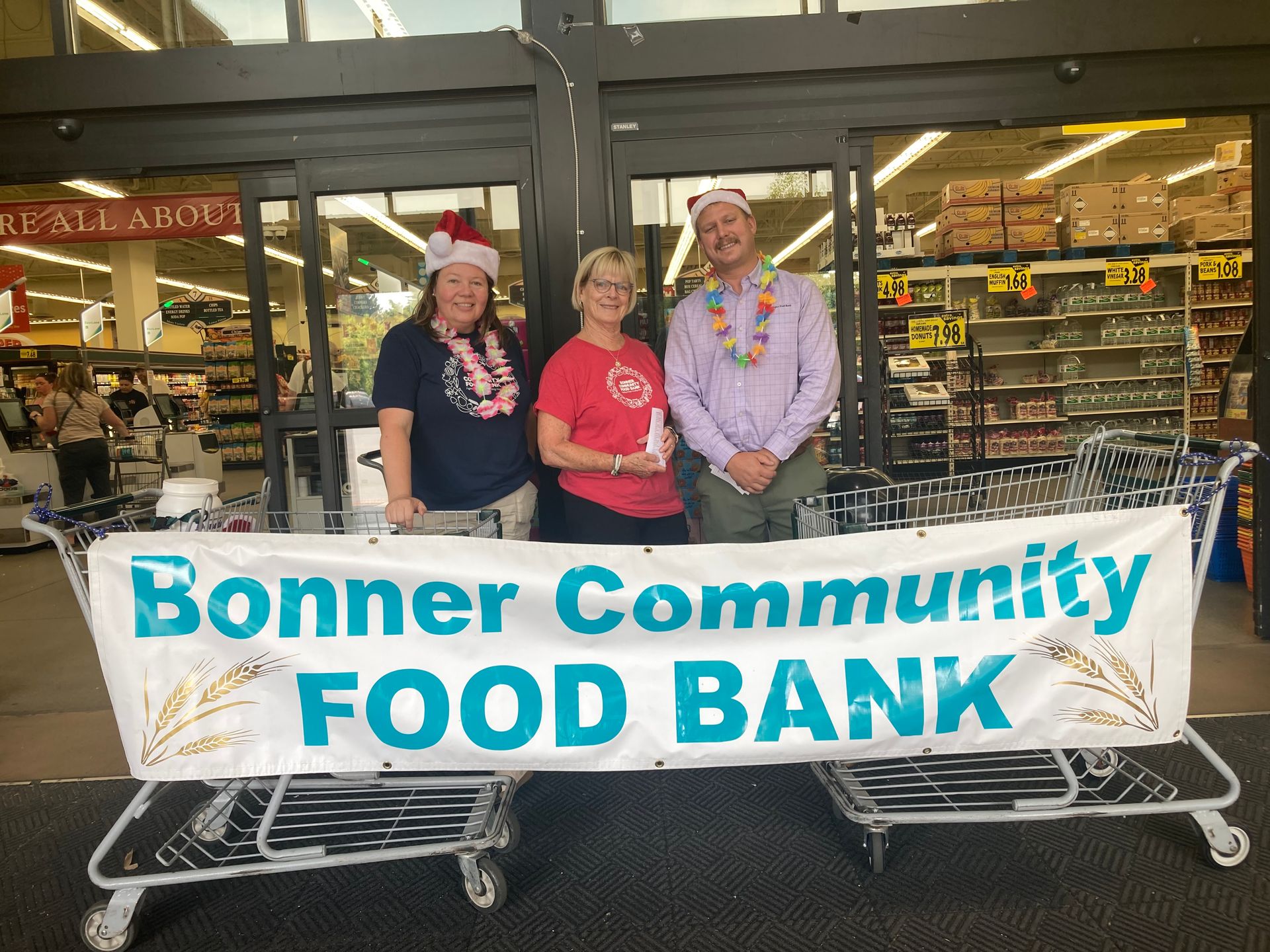
Support all year long
Bonner Community Food Bank has experienced a staggering 53% increase in need over the past two years. Historically, summer months brought fewer donations and clients, but that pattern has shifted. Now, demand remains consistent throughout the year, driven by a changing population, economic challenges, and the unique nature of seasonal employment in the area. Many folks work jobs associated with the winter ski season, leaving some seasonal workers without jobs during the summer months. Our food bank is rising to the challenge and meeting the growing demand. No one should feel ashamed or embarrassed to seek assistance.
“I often hear from people who say they might only come in this one time, and I always reassure them that’s perfectly fine. Whether it’s just once or on a monthly basis, we are here to help,” Patti said.
At BCFB, confidentiality is a priority; what happens there stays there. The food bank buzzes with activity—from volunteers and donors to fellow clients—making it hard to distinguish one person from another. Many patrons are pleasantly surprised by how lively and fun the environment is.
There is always a need for more support. While people often think of food banks during the winter holiday season, BCFB operates year-round. Hunger knows no season. Demands may fluctuate, but many overlook the need for items like baking supplies, spices, and condiments that are essential year round. The food bank has seasonal food needs, whether in winter or summer, so feel free to ask for their current lists.
Bonner Community Food Bank offers more than just free food; it fosters meaningful connections. Staff and volunteers take the time to get to know and enjoy their regular visitors. They also frequently connect individuals and families in need to additional resources, such as the EnVision Center. Someone may walk into the food bank for the first time feeling nervous or uncertain, but they leave feeling supported and unjudged.
“It sounds cliche but so many days could be my favorite day here. It’s truly a joyful place to work and give back,” reflects Debbie.
Learn more about Bonner Community Food bank at bonnerfoodbank.org

SOURCES
- https://www.feedingamerica.org/about-us/press-room/53-million-received-help-2021
- https://www.npr.org/sections/thesalt/2019/06/30/735881297/opinion-being-hungry-in-america-is-hard-work-food-banks-need-your-help
- https://www.foodbanking.org/blogs/food-banks-provided-vital-services-to-meet-high-demand/#:~:text=Food%20banks%20members%20of%20The%20Global%20FoodBanking%20Network,seen%20since%20the%20height%20of%20the%20COVID%20pandemic.
- https://www.bonnerfoodbank.org/
- https://3rdavenuemarketplace.org/
- https://2-harvest.org/2024/03/21/grocery-rescue-changing-lives-daily-march-22/
- https://2-harvest.org/
- https://www.woodsmeatprocessing.com/


